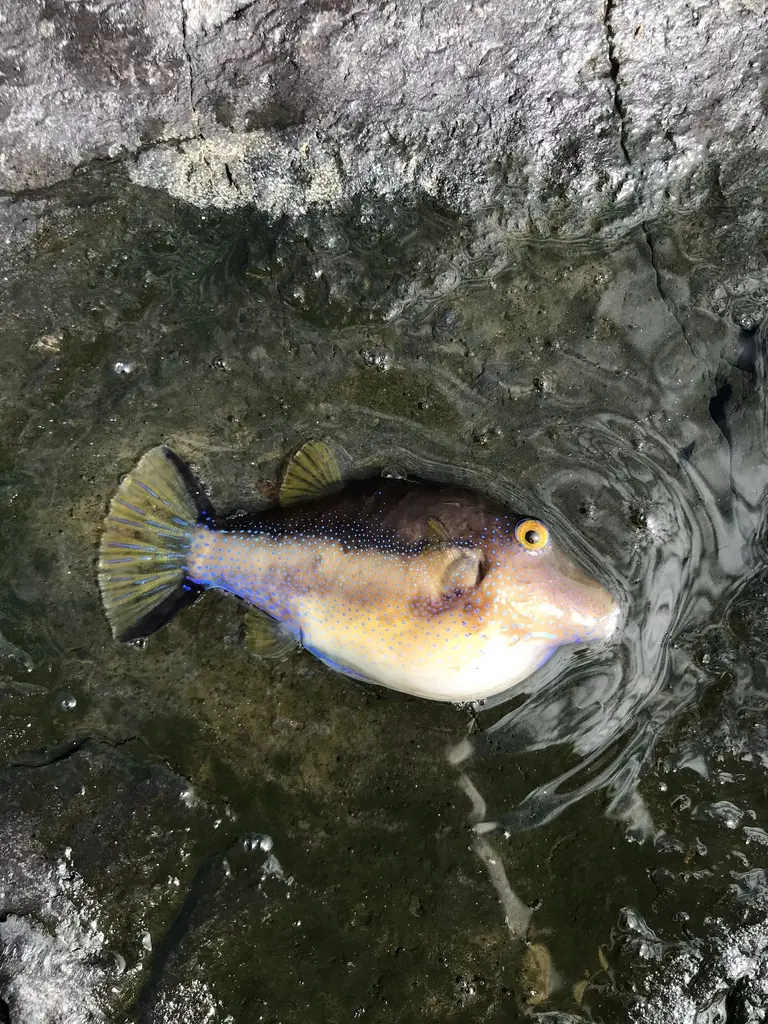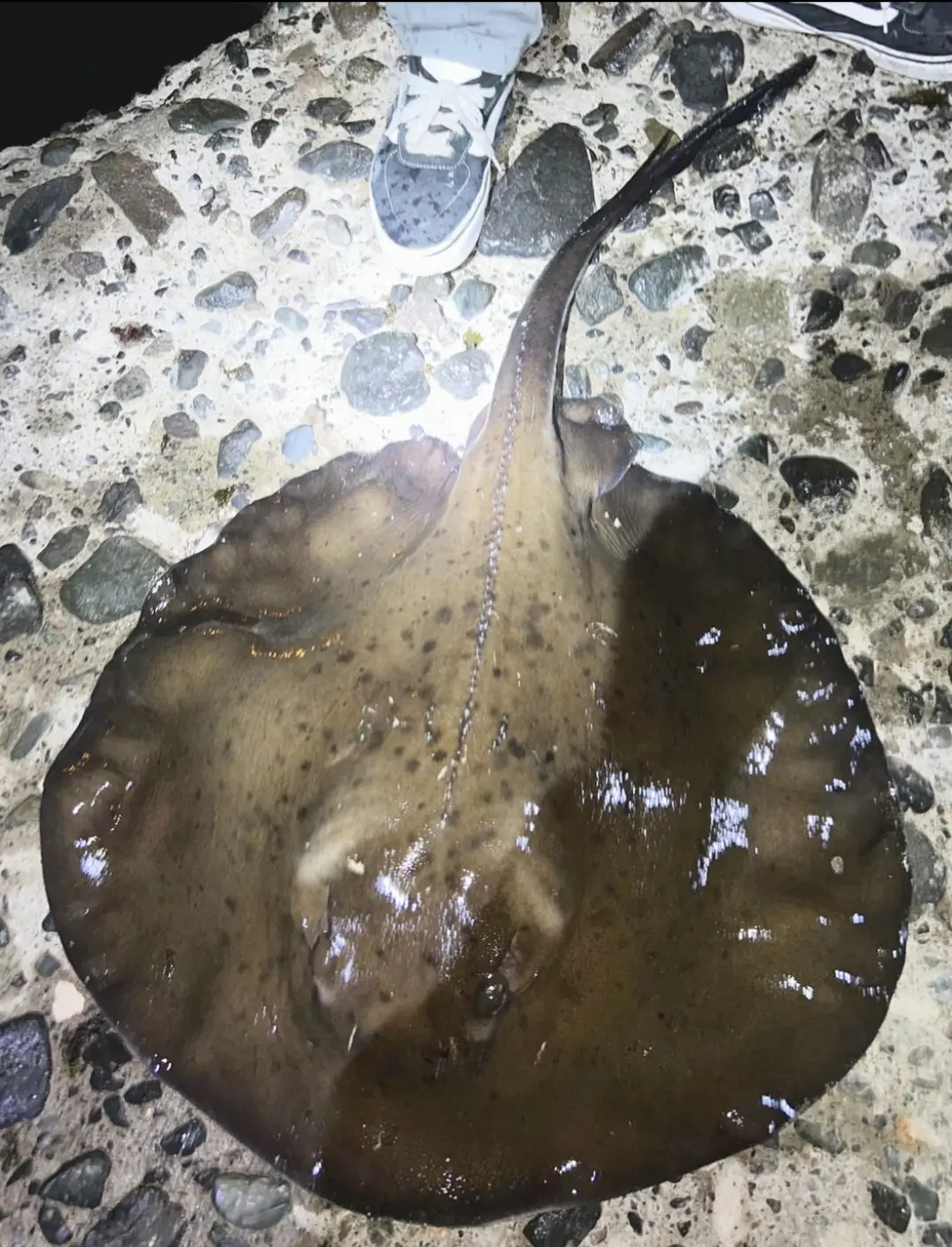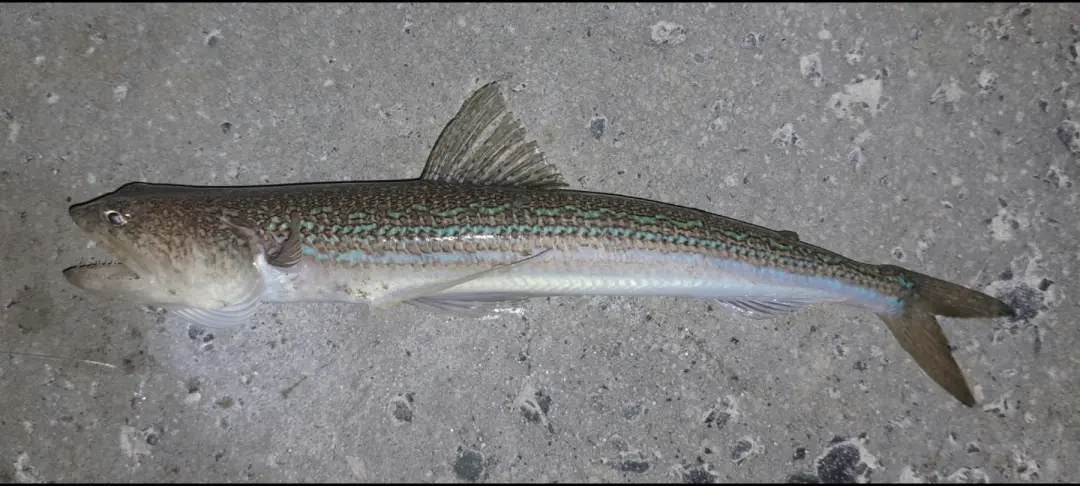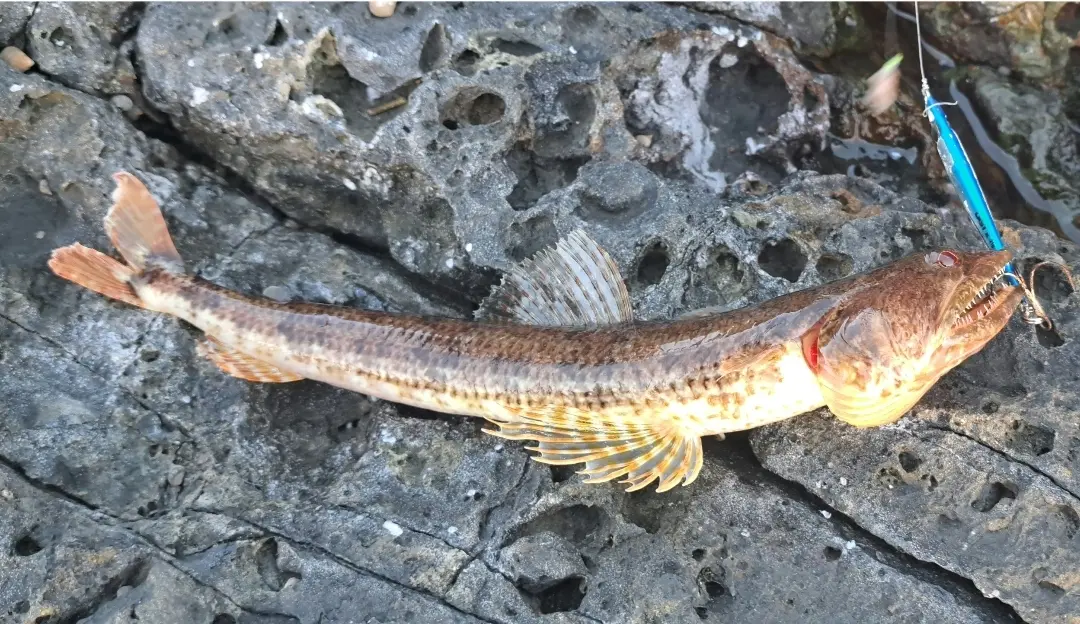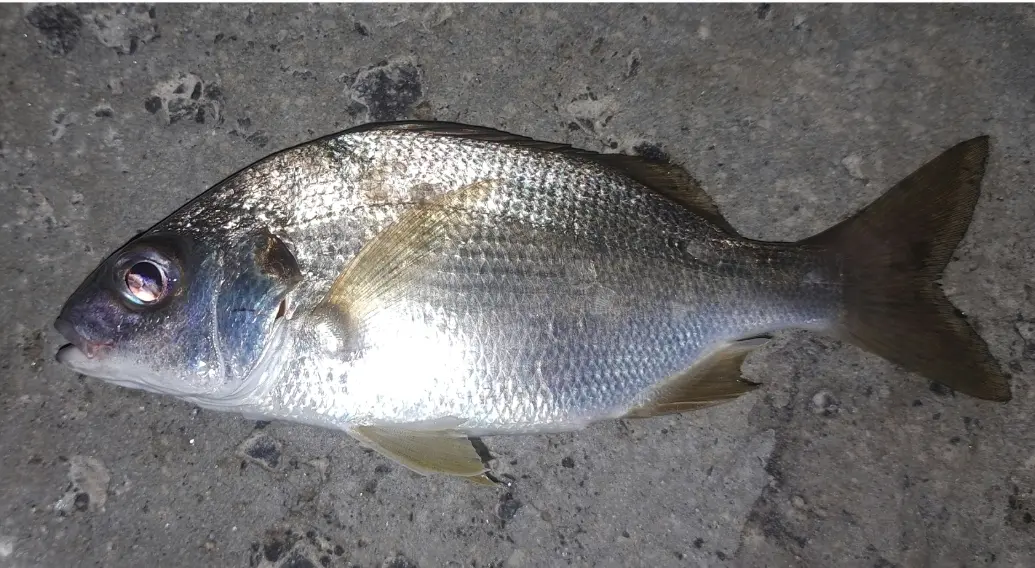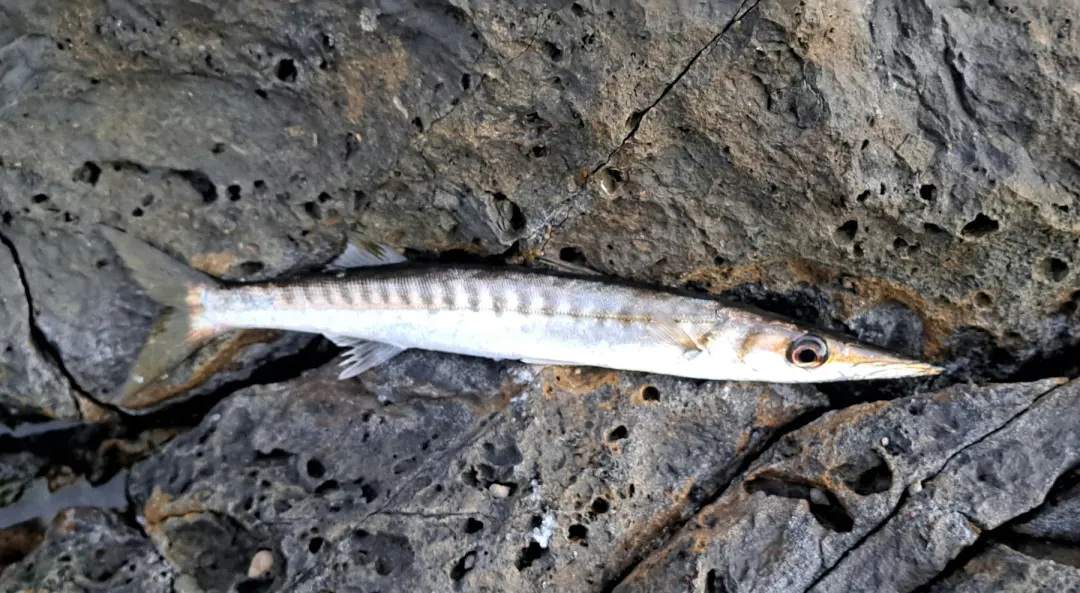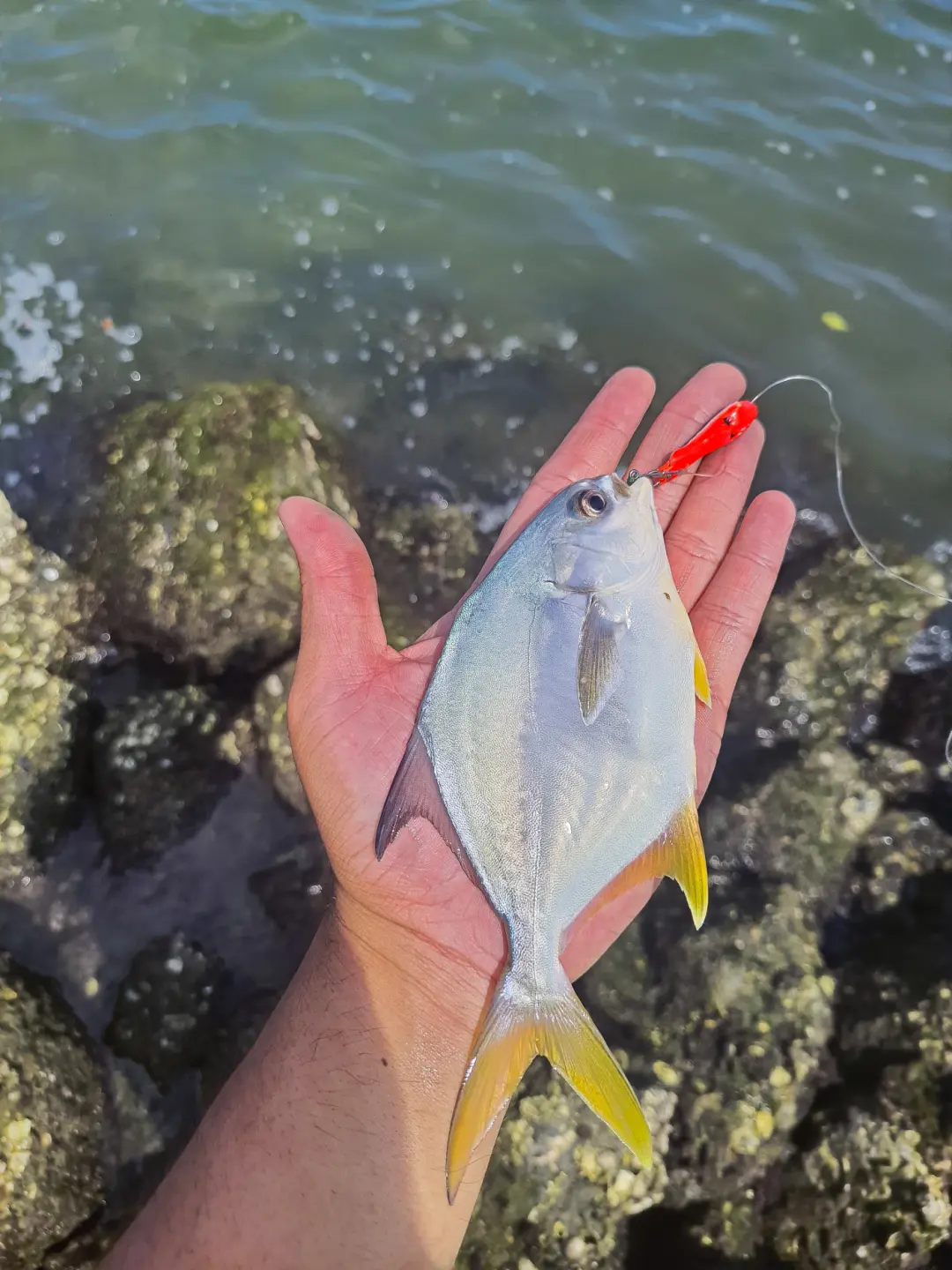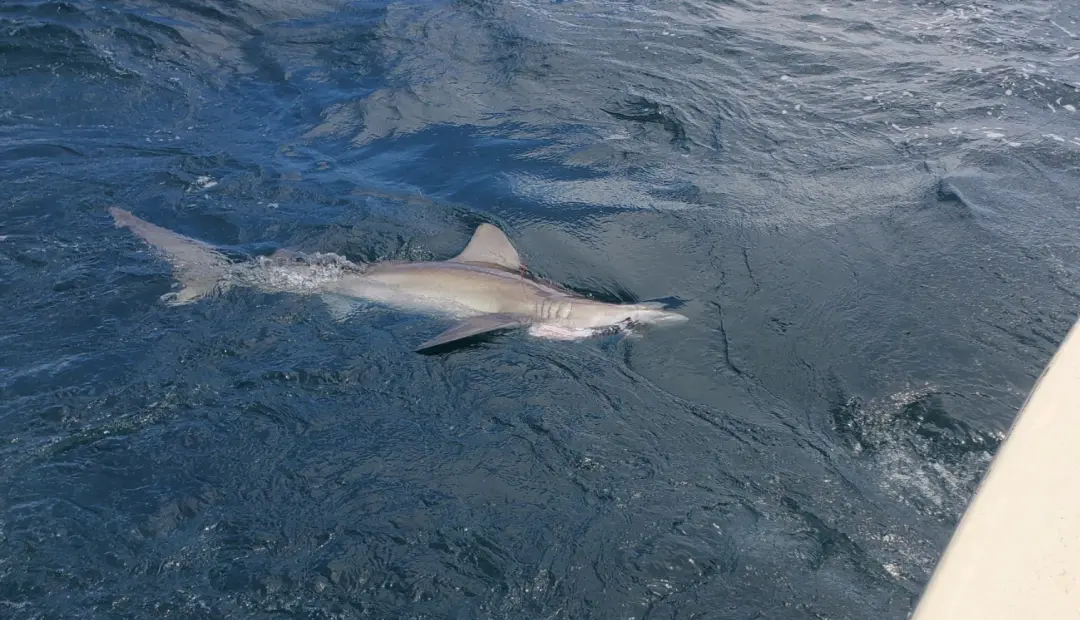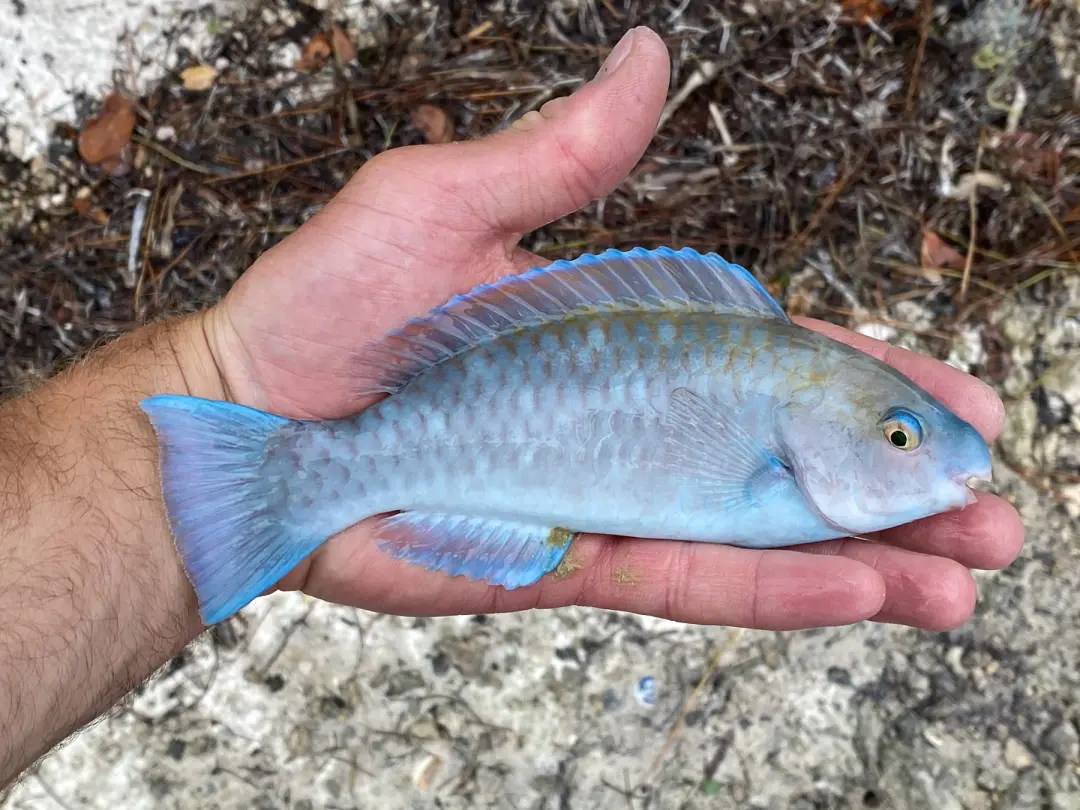Atlantic Ocean
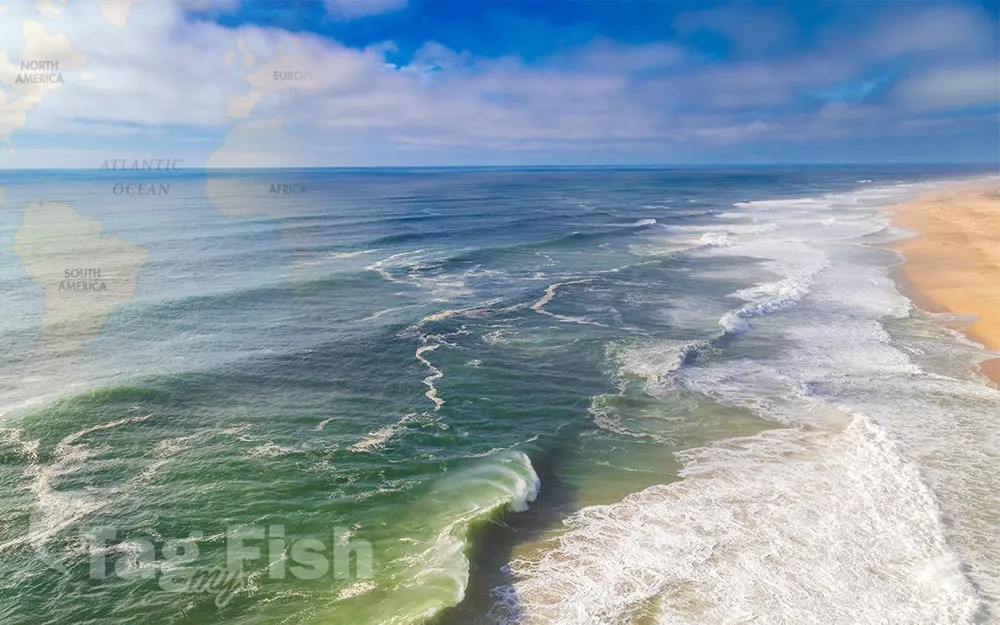
General data
- Name: Atlantic Ocean
- Water system: Planet Earth
- Water type: Ocean
- Progression: Planet Earth
- Climates: Tropical, Subtropical, Temperate, Subpolar, Polar
- Continents: Africa, Europe, Asia, North America, South America
- Countries: Angola, Anguilla, Antigua and Barbuda, Argentina, Aruba, Bahamas, Barbados, Belize, Benin, Bermuda, Brazil, Cameroon, Canada, Chile, Colombia, Congo, Costa Rica, Cote D’Ivoire, Cuba, Denmark, Dominica, Dominican Republic, Equatorial Guinea, Falkland Islands (Malvinas), Faroe Islands, France, French Guiana, Gabon, Gambia, Ghana, Greenland, Guatemala, Guinea, Guinea-Bissau, Iceland, Republic of Ireland, Liberia, Mauritania, Mexico, Morocco, Namibia, Netherlands, Nicaragua, Nigeria, Norway, Portugal, Puerto Rico, Sao Tome And Principe, Senegal, Sierra Leone, South Africa, South Georgia and the South Sandwich Islands, Spain, Togo, Trinidad And Tobago, Turks And Caicos Islands, England (UK), United States of America, Uruguay, Venezuela, United States Virgin Islands, Democratic Republic of the Congo, Scotland (UK), Wales (UK), Northern Ireland (UK), Canary Islands (Spain), Azores (Portugal), Madeira (Portugal)
Description
The Atlantic Ocean is the second-largest ocean, with an area of about 85,133,000 km2 (32,870,000 sq mi). It covers approximately 20% of Earth’s surface and about 29% of its water surface area. It is known to separate the Old World of Africa, Europe, and Asia from the New World of the Americas in the European perception of the World. On average, the Atlantic is the saltiest major ocean; surface water salinity in the open ocean ranges from 33 to 37 parts per thousand (3.3–3.7%) by mass and varies with latitude and season. Evaporation, precipitation, river inflow and sea ice melting influence surface salinity values. Although the lowest salinity values are just north of the equator (because of heavy tropical rainfall), in general, the lowest values are in the high latitudes and along coasts where large rivers enter. Maximum salinity values occur at about 25° north and south, in subtropical regions with low rainfall and high evaporation. The high surface salinity in the Atlantic, on which the Atlantic thermohaline circulation is dependent, is maintained by two processes: the Agulhas Leakage/Rings, which brings salty Indian Ocean waters into the South Atlantic, and the Atmospheric Bridge, which evaporates subtropical Atlantic waters and exports it to the Pacific. In the North Atlantic, surface circulation is dominated by three inter-connected currents: the Gulf Stream which flows north-east from the North American coast at Cape Hatteras; the North Atlantic Current, a branch of the Gulf Stream which flows northward from the Grand Banks; and the Subpolar Front, an extension of the North Atlantic Current, a wide, vaguely defined region separating the subtropical gyre from the subpolar gyre. This system of currents transport warm water into the North Atlantic, without which temperatures in the North Atlantic and Europe would plunge dramatically.


